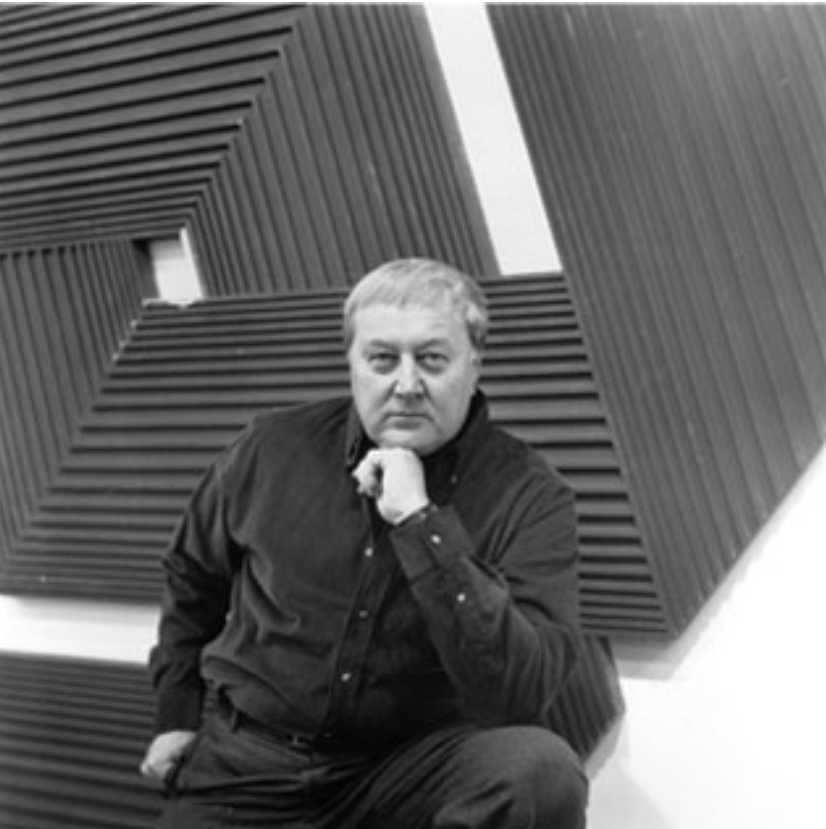
Richard Anuskiewicz was an Erie-born American artist who was one of the founders of the Op Art Movement. The Op Art Movement, which took place during the late 1960s and early 1970s, is characterized by abstract and geometric patterns, often drawing on color theory and perception. In 1964, Life Magazine referred to Anuskiewicz as the “New Wizard of Op”. Anuskiewicz is known for his vibrant, meticulously structured geometric paintings that explored the interaction of color and perception. His works often feature radiating squares, grids, and nested shapes with carefully calculated color juxtapositions. The artist had an interest in the optical changes that happen when different high-intensity colors are featured in the same geometric configurations.
Anuskiewicz studied at the Cleveland Institute of Art and then at the Yale University School of Art and Architecture with artist Josef Albers, who was an influential abstract painter. Albers's teachings on color had a profound influence on his work. Anuszkiewicz’s career spanned more than four decades, and his work is in over 75 collections across the world, including major museum collections such as the Museum of Modern Art, the Whitney Museum of American Art, and the Tate Modern.

